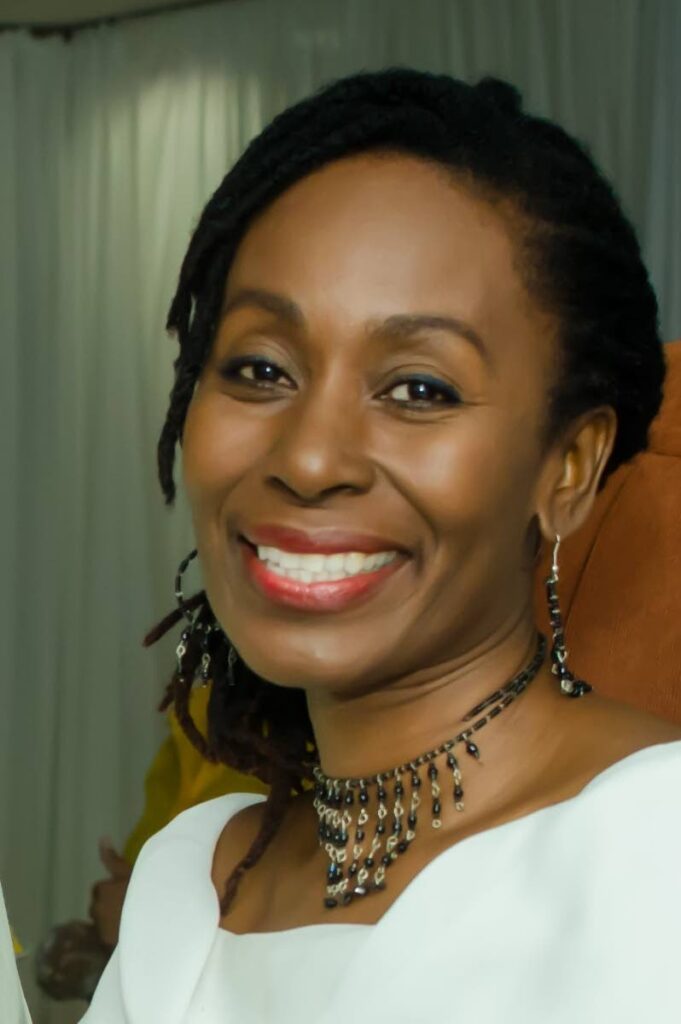And now – a Senate programme for schools

Culture Matters
Dara E Healy
“The calypso…was an extension of the Yoruba genre of boast, defiance and religious melancholy. It became the battling song of the masqueraders during enslavement when…the enslaved captives needed a medium to express themselves politically and to provide a sense of fulfilment. It continued…to embody the sounds of freedom and history in its culturally coded messages.”
– Hollis Liverpool, Rituals of Power and Rebellion
WE HAVE always looked to our culture for solutions. When well-to-do men began impregnating and abandoning young girls from the barrack yards, the baby doll masquerade challenged a patriarchy that refused to defend the crimes against their humanity. In protest over taxation, a 1958 old-mask portrayal read, “Dr Eric Williams, the Minister of Fine Ants.”
But the calypso is perhaps the most pervasive form of cultural protest to have emerged from our history of popular struggle. While we are grateful that a young calypso monarch is now an independent senator, the main question is really, what took so long?
Given the progressively disagreeable nature of our Parliament, you may smile to learn that the word came from the French parlement, meaning to talk or hold a conference. It is said that the concept of a parliament emerged during the middles ages in England.
The king realised that the most efficient way to collect more taxes would be to include representatives of various districts or localities in discussions about revenue collection. The sovereign understood that because these representatives were respected and trusted by the people, they would be better positioned to convince the community to agree to taxation.
Gradually, the Roman saying "what touches all shall be approved by all" informed the decision-making process to include not only the views of elites, but common folk as well. In many democracies today, the Senate functions as the upper body of the Parliament. The people who sit in this esteemed chamber are collectively responsible for making decisions and influencing policy about the way the nation is run. It is only fitting that working artists and cultural practitioners should be part of this body.
But why is it necessary to include youth voices in the nation-building process? Young people interpret the world in fresh, unique ways. For example, those who continue to hold on to traditional definitions of gender will not be prepared for the social shifts that will happen in the next ten to 20 years.
Increasingly, young people will insist on clear and rational conversations on race and identity. The contradictions in the banking system and wage structures that hamper the ability of young people to access financial support and build wholesome family lives will no longer be tolerated. Change is coming, as it must.
However, change does not have to be shocking or uncomfortable. In the future, young people in Parliament should be a norm, not a novelty. Now that the portal has opened a bit wider, we have an opportunity to establish a path to youth senatorship from as early as secondary school. In other countries such as Kenya and the US, the connection between school and decision-making bodies is considered essential for sustaining democratic traditions.
In Kenya, young people are mentored to “ensure youth engagement in national and regional affairs.” In the US, the Senate Youth Programme is an immersive experience, where, for one week, students meet with leaders in Washington, including at the level of the president and the US Supreme Court. Selected students must be involved politically, for instance, as student members of their school board, or in community-oriented activities. Participants are also awarded a scholarship towards their further education.
The combative style of conducting the business of the nation is embarrassing and not what we need. Leaders should set better examples for the generations watching. The inclusion of two accomplished artists in the Senate provides an opportunity to bring an often overlooked perspective to the way we govern. We need more youth and more creatives at the forefront of decision-making. We must work to ensure that Explainer’s Kicksin' in Parliament is the last calypso of its kind.
Across from the official Parliament, the revolutionary spirits in the square observe. Called the People’s Parliament, this space of political and cultural resistance is still named for someone who refused to support the emancipation of enslaved people. But one challenge at a time. Let us give the young senators a chance.
Dara E Healy is a performance artist and founder of the Indigenous Creative Arts Network – ICAN


Comments
"And now – a Senate programme for schools"